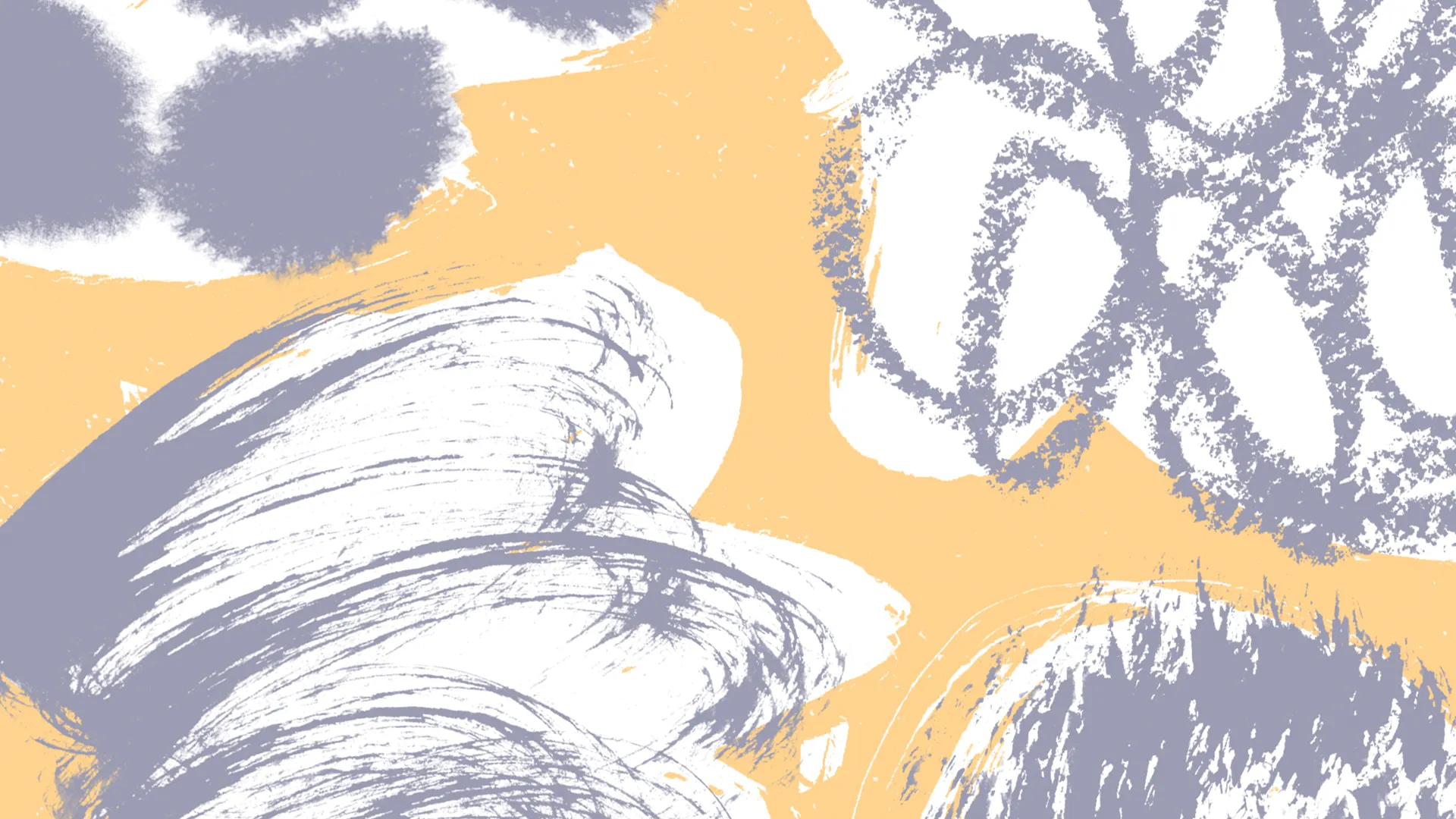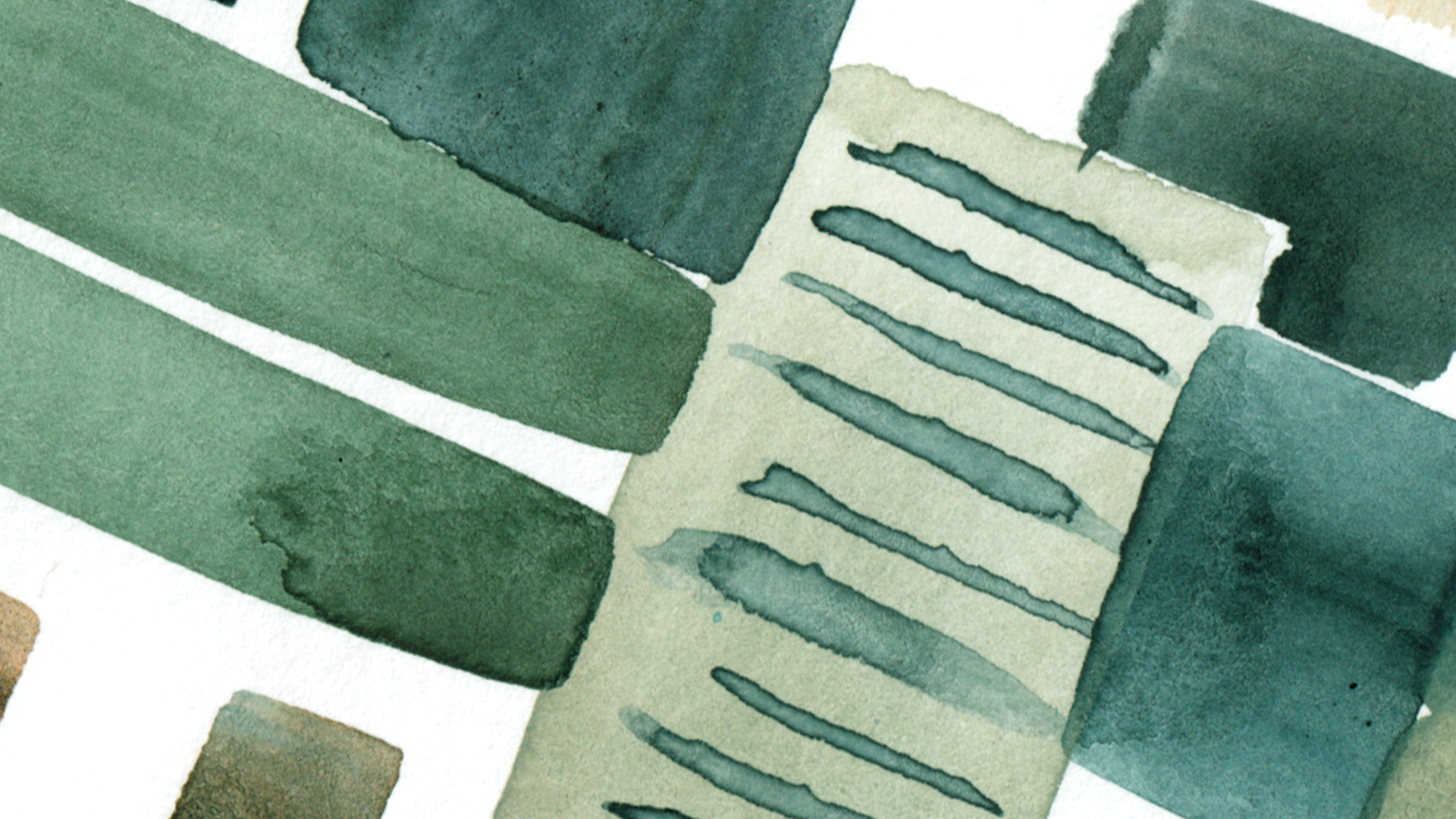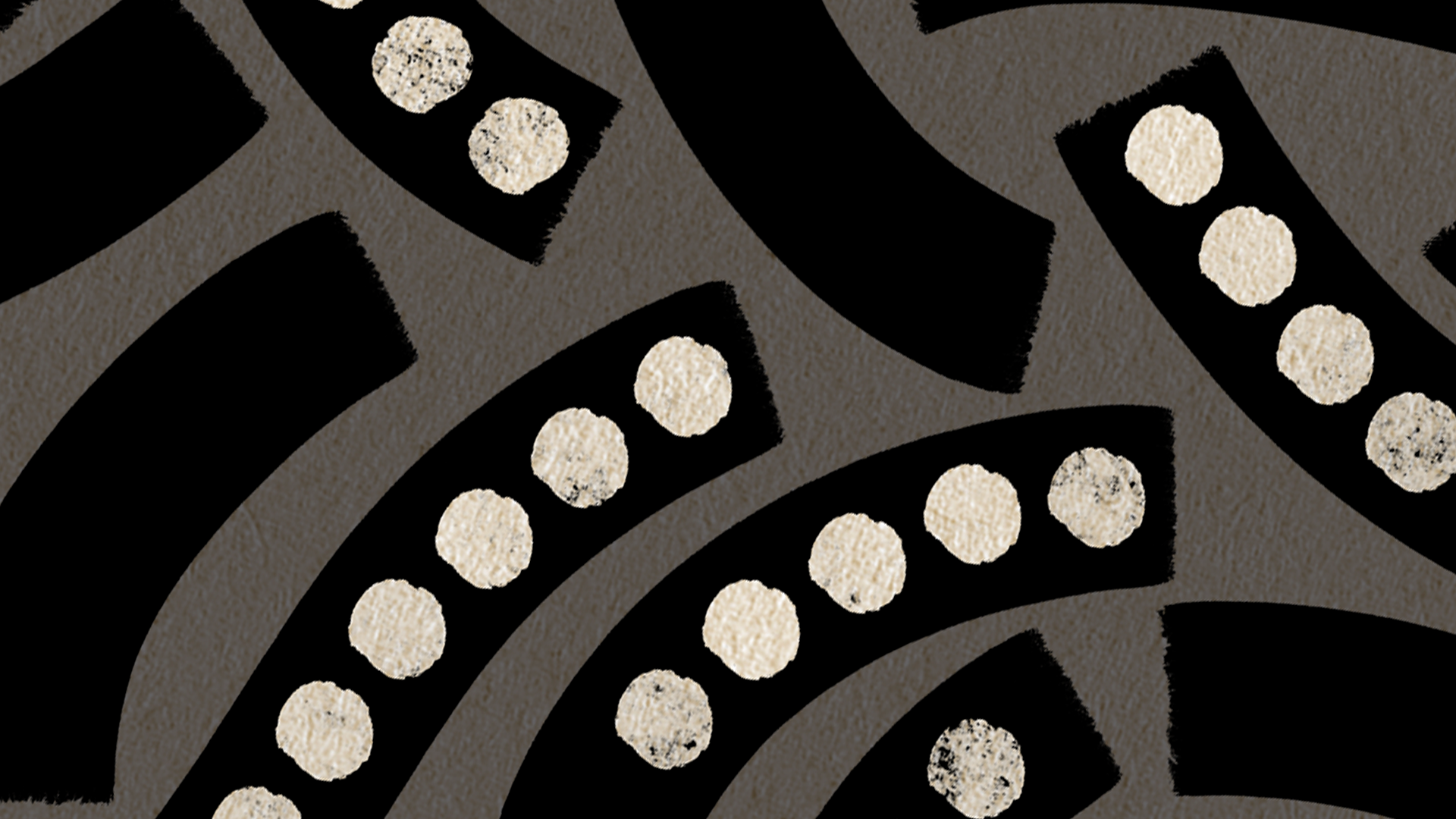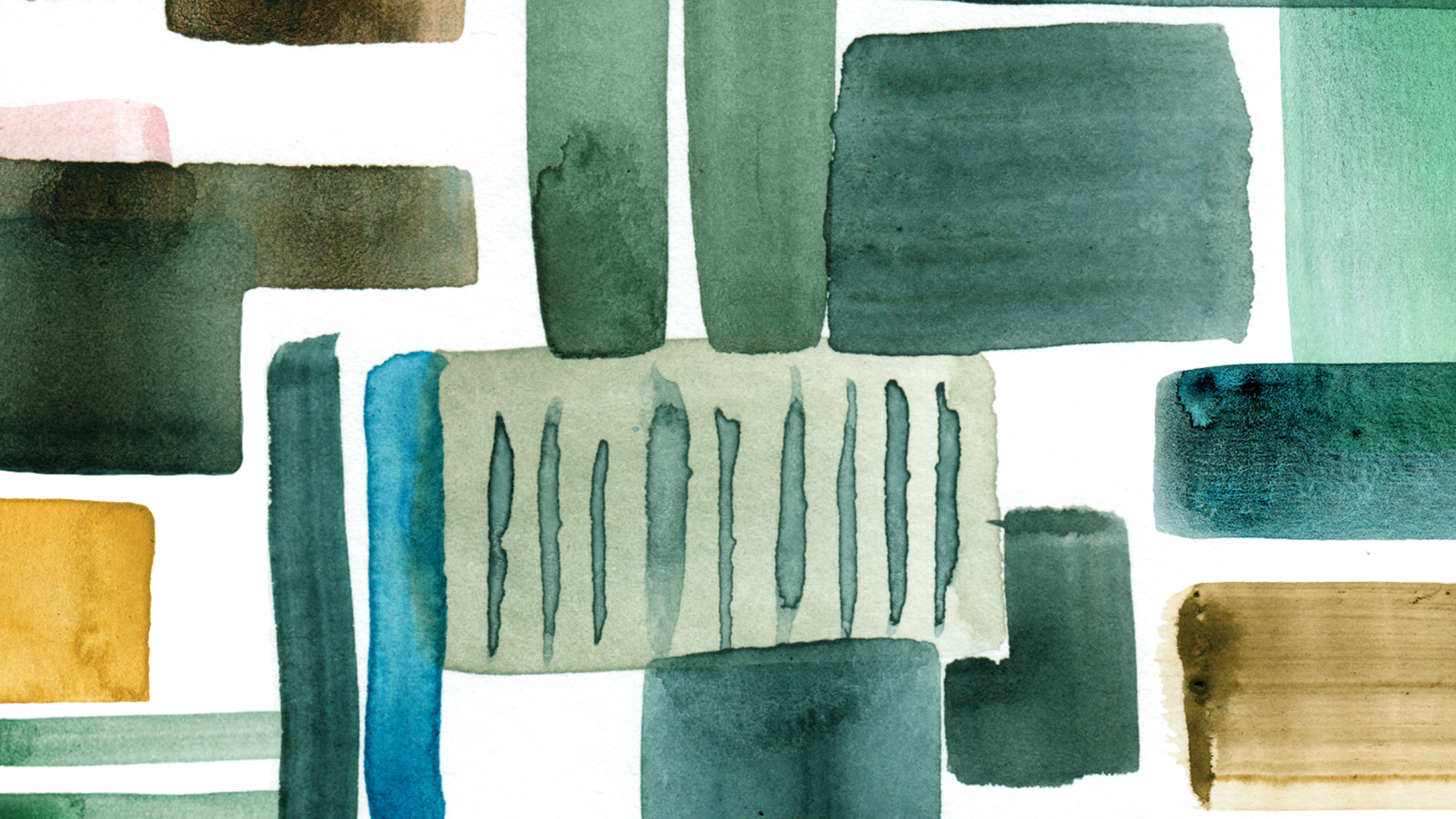Breadcrumb
Work health and safety (WHS) consultation involves sharing information, seeking input, and considering everyone’s ideas before making decisions that affect workplace safety.
In a creative workplace, this could include everything from discussing how to safely handle fragile artwork, to asking for input on safety procedures for aerial performances, to talking about how best to manage rest breaks during festival time.
Why it matters
WHS consultation is important for:
- safety — workers often have valuable insights about risks in their work areas
- compliance — WHS laws require businesses and organisations to consult with workers about workplace health and safety.
It also:
- builds trust — engaging workers shows that their input is valuable which fosters a positive workplace culture.
- prevents injuries — addressing risks early reduces the chance of accidents, harm to your workers and costly disruptions.
Who, when and how to consult
Who should be involved
Anyone impacted by workplace health and safety should be involved. This includes:
- workers — employees, contractors, freelancers, and volunteers.
- officers — board members or executives responsible for safety policies.
- specialist staff — technical experts, like riggers or lighting technicians, for high-risk activities
- other businesses — if you share a venue or collaborate on projects, coordinate with those teams too.
Learn more about workers, officers and other WHS roles and duties.
In practice:
Festival organisers show the crew their stage set up plans – and learn it won’t hold up
In the lead up to Big Little Valley Music Festival, organisers meet with senior crew members to discuss their plans for the stage set up.
The crew raise the issue of wind. The valley is known for wind gusts, and the stage setup has not been designed to withstand high winds.
The organisers have time to engage engineers to upgrade the stage setup so that it can withstand appropriate wind levels for the area.
This proactive measure improved festival safety for everyone, including performers, workers and festival attendees.
When to consult
Consultation is required when:
- identifying and assessing hazards like designing safe rigging for a circus performance.
- implementing safety measures such as selecting appropriate lifting equipment for handling heavy sculptures.
- making workplace changes that affect safety like altering stage layouts in a theatre.
In practice:
A gallery has acquired a sculpture – and it’s big
Before the gallery installs a heavy sculpture, management consult with staff to discuss the best way to do it. As well as making sure the artwork is not damaged, they talk about ways to handle and move the sculpture without damaging the floor or fixtures, and what they can do to prevent worker strain injuries.
Management quickly identifies that the tools, equipment and number of workers they have are not sufficient to safely install the sculpture.
As a group, they discuss whether bringing in extra team members or hiring a mechanical lifting aid would solve the problem. They soon work out that they don’t have enough time to train up new staff, and no one on the team has enough experience with the equipment to operate it safely.
The gallery decides to engage a qualified contractor with specialist lifting equipment to help the team install the sculpture safely.
How to consult
There are lots of ways to consult, and there is no requirement to use one method or another. Some approaches will be more appropriate than others, depending on the workplace. Some ways include:
- Meetings: Hold team discussions about WHS topics relevant to your work, such as backstage safety at a music festival.
- Surveys: Use surveys to gather anonymous feedback, especially for larger teams like orchestras or festival crews. You can find a number of free survey tools online.
- Toolbox talks: Brief daily or weekly meetings to address specific hazards or updates.
- Suggestion boxes: Allow anonymous reporting of hazards or concerns. This can be useful for galleries and museums.
- Digital communication: Use apps, emails or shared documents to keep everyone informed and involved.
Keep learning:
Make a consultation plan
The best way to keep consultation on track is to make a plan.
If the work is project-based, such as a production, tour or festival, check your plan and update it or make a new one to make sure it is appropriate for the circumstances.
Step 1—Identifying stakeholders: List everyone who needs to be involved.
Step 2—Objectives: Define what you want to achieve (for example, improving backstage safety)
Step 3—Choose methods of communication: Work out the best way to communicate. For example, meetings, email, daily briefings, shared documents.
Step 4—Schedule regular check-ins: Keep the communication ongoing, not just a one-off. For example, make it a regular item at the start of each rehearsal.
Keep learning:
What to do about concerns and feedback
Workers should be encouraged to report hazards or suggest improvements without fear of reprisal.
When workers share feedback, it’s important to:
- Listen actively: Acknowledge their input.
- Take action: Address issues promptly and involve them in finding solutions.
- Follow up: Keep workers informed about progress to build trust.
In practice:
The opera company has its first dress rehearsal – and the costume changes are too quick
Mandy is a wardrobe assistant for an opera company. During the company’s first dress rehearsal of a new performance, Mandy realises that a series of fast costume changes are causing singers and assistants to rush, increasing the risk of people tripping.
Mandy knows it’s something she can raise with the stage manager because there is a culture of safety issues being taken seriously. When the stage manager gathers the crew at the end of the night to talk about how the rehearsal went, Mandy raises her concerns.
Her stage manager thanks her. She asks Mandy and the crew how they think it could best be dealt with. The crew talk about the possible solutions, and then Mandy and the stage manager take a closer look at the area, and they decide that a redesign of the backstage area to allow more space and time for transitions should fix the issue.
The stage manager checks in with Mandy after the second dress rehearsal to see whether the issue has been resolved.
Keep learning
More in this section:
Creating a safe workplace
Safe workplaces keep the arts thriving for everyone. Workplace safety is also the law.
Work health and safety roles and duties
Find out what you need to know to meet your legal obligations and create a safe environment for workers, contractors, volunteers and patrons.
Managing hazards and risks
Identifying hazards and taking proactive steps to manage risks creates safer work environments, prevents injuries and helps workplaces meet their legal obligations. It is crucial for every creative workplace.
The positive duty to prevent sexual and sex-based harassment
Busineses and organisations have a legal obligation to take steps to prevent sexual harassment or sex-based harassment from happening. This is called a positive duty.
Worker safety training
All workers need workplace safety training – whether they are new to the job or highly experienced.
Safety reporting, monitoring and record keeping
Understanding how to report, monitor and record safety issues helps prevent accidents, meet legal obligations and support everyone in the workplace.
Emergency safety planning
Follow the steps on this page to help you plan for an emergency. Having a clear, well-communicated emergency plan ensures the safety of workers, audiences, and other visitors, and helps workplaces comply with work health and safety (WHS) laws.
Workers compensation insurance
Workers compensation insurance covers workers and organisations financially if a worker is injured or ill because of work.
Getting help with work health and safety
Check with the WHS regulator in your state or territory for requirements that are specific to your workplace. WHS laws are generally consistent across Australia, but they can sometimes vary depending on where you are.










